The French photographer documents Iran’s vibrant art world and the creativity triggered by restriction.
In Iran, everything is banned but everything is possible, says Jeremy Suyker, repeating a sentiment he heard during his time there. The French photographer had just arrived in Tehran when he met the drama students who would introduce him to the country’s vibrant art scene – the main character of his series “The Persian Factory.” Everything is banned, because men and women can’t touch each other on stage, because female singers aren’t allowed to be solo artists, because all plays need to be approved by the Ministry of Culture… But everything is possible because censorship is never insurmountable. During several months, Suyker documented the creativity triggered by restriction. He spent time with those who have no choice but to perform their craft underground, hiding from the authorities. But he was especially fascinated by the resilience and wits of artists who work within the confines of censorship, and for who navigating these restrictions, he says, has become an art form in itself. He joined R&K from Paris.
Roads & Kingdoms: When did you first go to Iran?
Jeremy Suyker: In April 2013. I had wanted to go for a while. I was fascinated both by the Persian history and by contemporary culture. The real trigger was one book, called Walk On My Eyes, written by the Swiss journalist Serge Michel and with photos by Paolo Woods. It recounts their experience in Iran from 2002 to 2009, and what was fascinating is that they really analyzed the paradoxes of a society that we, as Westerners, don’t know well at all. I thought the book was very successful in showing the complexities of Iranian society. Two months after reading it, I left for Iran. It wasn’t for an assignment or anything, I just took a flight to Istanbul and from there I took a train to Tehran. The journey lasted three days. It was nice to take my time and not have the shock of doing Paris-Tehran. Once I arrived in this huge city, I didn’t know anyone and I didn’t speak Farsi, so I was very rapidly lost. I randomly met theater students on the first day as I was walking around, and they invited me into their lives.
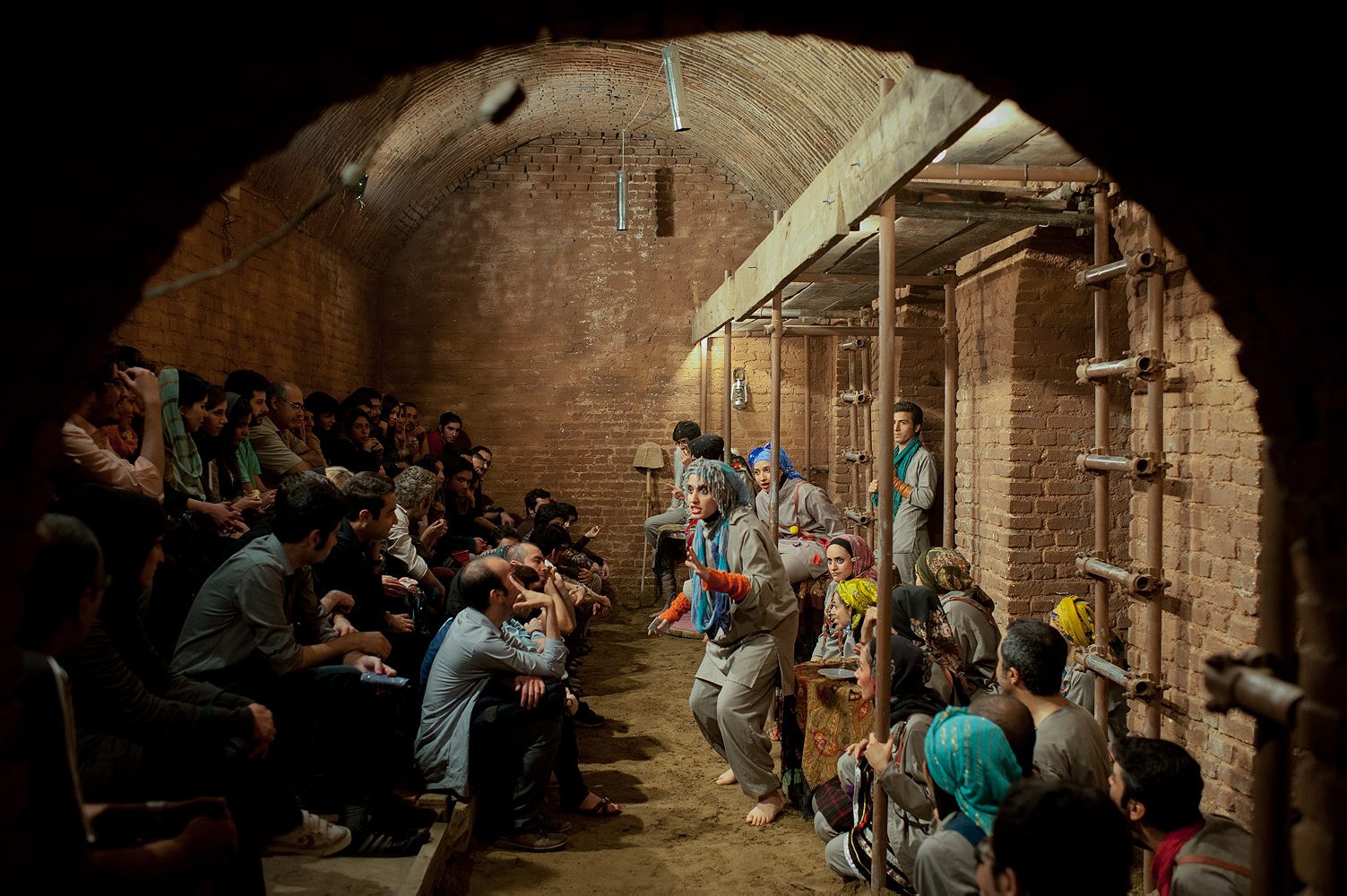
R&K: What attracted you to the art world in Tehran?
Suyker: Artistic production in Iran is complicated in that the government doesn’t really try and support creation. So people do what they can. There’s a fantastic energy. People meet and create shows together. And because it’s a pretty small network, you get to know everyone pretty quickly. It’s all very DIY—there’s a strong artisanal sense to all of this. And that’s what I was interested in: the crafty side of art there. However, when I came home and showed this work, it was immediately simplified by the media. It was hard to explain it to people who were looking for the exciting narrative of censorship and illegal art. I feel like the media is happy to keep a very simplified image of Iran that opposes the bad Islamists and the nice little artists. What I was really interested in and what I photographed was how artists were able to creatively surpass censorship, and find a balance inside the confines of the law.
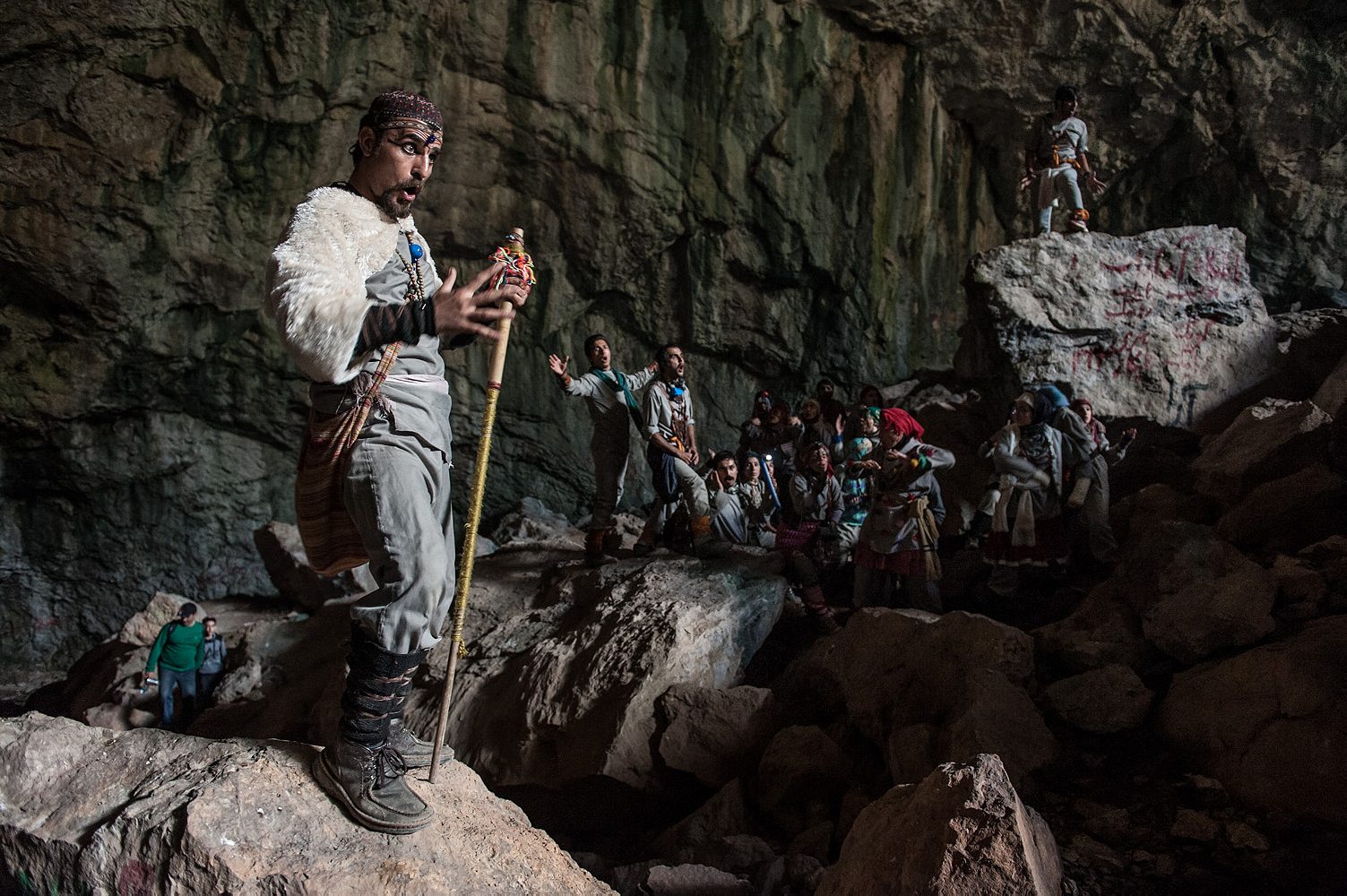
R&K: Can you talk about the specific rules and the censorship that art is subjected to?
Suyker: It depends what medium we’re talking about. The regime in Iran obeys strict Islamic laws. So above all, there’s this very important notion of modesty, which is loose and strict at the same time. For example, women are legally obligated to wear a headscarf, but in the street you’ll see women wear it very differently. Performing artists need to be dressed modestly, so women on stage need to have their head, arms, and legs covered. Women and men can’t touch each other on stage. So if it’s necessary for the play, the artists will find little tricks like use a sheet or their sleeve as a buffer. This censorship is pretty easy to go around. Then, there are things that they can’t talk about. For example, they can’t criticize the regime, they can’t criticize god, obviously, they can’t stage any sexual or romantic relationships that are illegal, so out of wedlock. But here again it’s possible to work within that. For theater, censorship is relatively not that harsh. In other artistic fields though, it can be more complicated. In dance, for example, the body’s expression must be restricted to its minimum, going back to this idea of modesty. Women can’t make big gestures because big gestures are full of emotions and things that can excite the senses of men in the audience. This is also true for singers. In Iran, women can’t work as solo artists. They can however sing in a choir or accompany male singers. That’s why there’s a huge diaspora of Iranian artists, mostly in Los Angeles. Those who stay, the new generation, they need to go underground and record albums illegally and distribute their work anonymously online.

In Iran, being an artist is a luxury.

R&K: Can you talk about some of the shows you photographed?
Suyker: Most of the plays I shot were completely legal. There was one that took place in underground public baths, which were closed for a very long time and recently reopened because the theater company got the authorization to work there. The same group also performs in a large cave. And though it might look illegal, they also had authorization to do this. As long, of course, as they stayed discreet. Authorities would come regularly to check on what’s going on and if there’s anything they don’t like, they’ll shut it down. But an artist won’t be put to death or go to jail for that. He might have to pay a fine.
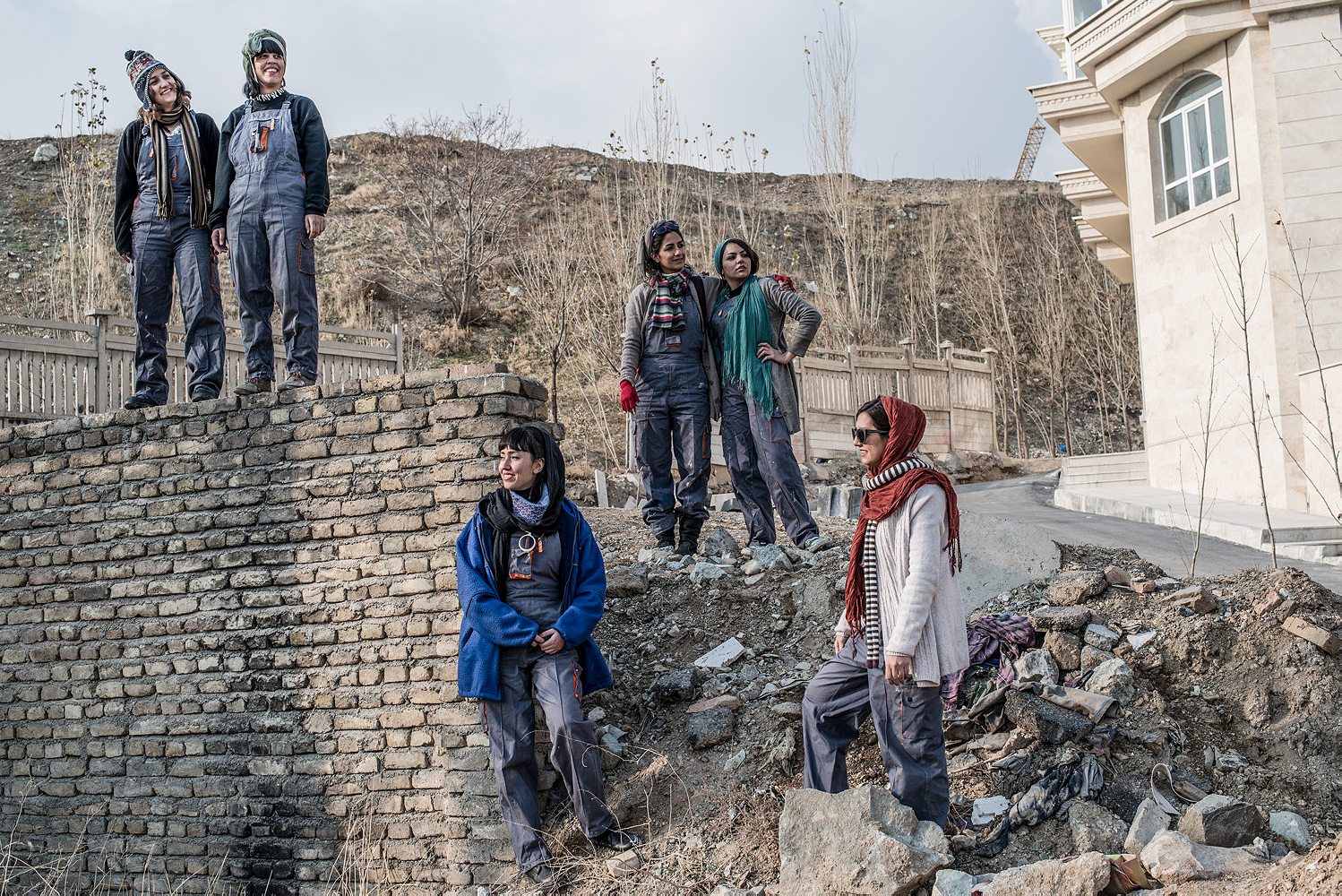
R&K: Can anyone go to these shows?
Suyker: They tend to stay pretty confidential. It will often be people from the same world, or friends or theater fans. There is no official listing for this type of event, so if you don’t hear about them from someone, you won’t find them on your own. I think that’s a problem in Iran: the art world is very aristocratic, both for this type of scene, as well as the official scene. Being an artist is a luxury. Many have parents that help out financially.
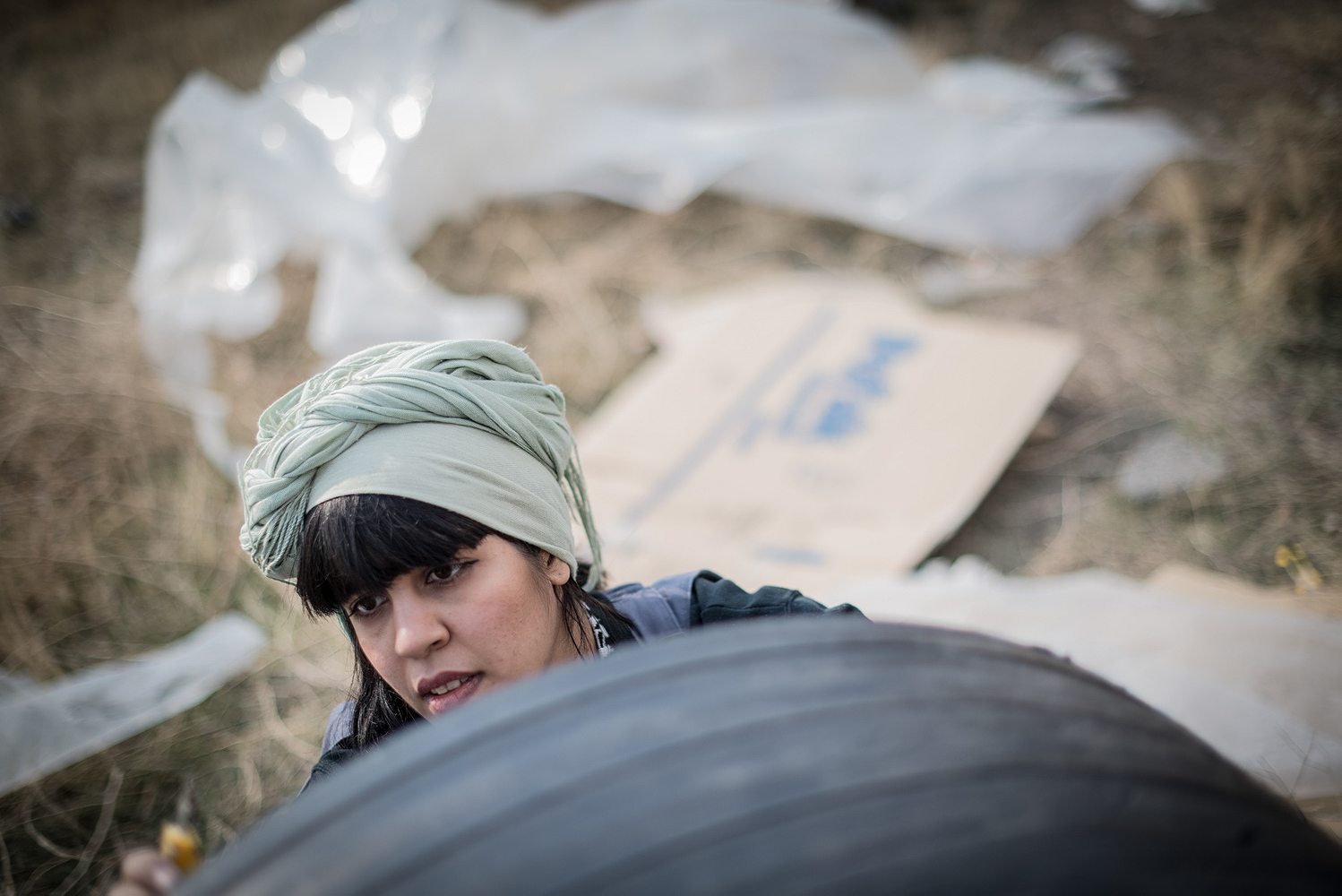
R&K: You spent a lot of time with these drama students. How much of this “creative problem-solving” do they learn at school?
Suyker: At university, they mostly learn theory, theater history, and the Greek classics. Then they meet up and have workshops among themselves to practice their skills. To some extent theater students are taught how to create within the rules, but in a limited way, that’s why they prefer to learn that by themselves. And they are born in a society that teaches them how to do that. There’s a sentence that Iranians often say: in Iran, everything is banned but everything is possible. It’s a paradox. You live in a society that tells you what you can and cannot do, but nothing is really written down. So you can always find way around everything. This is exactly the creativity that I was interested in. How to be more clever than the system.
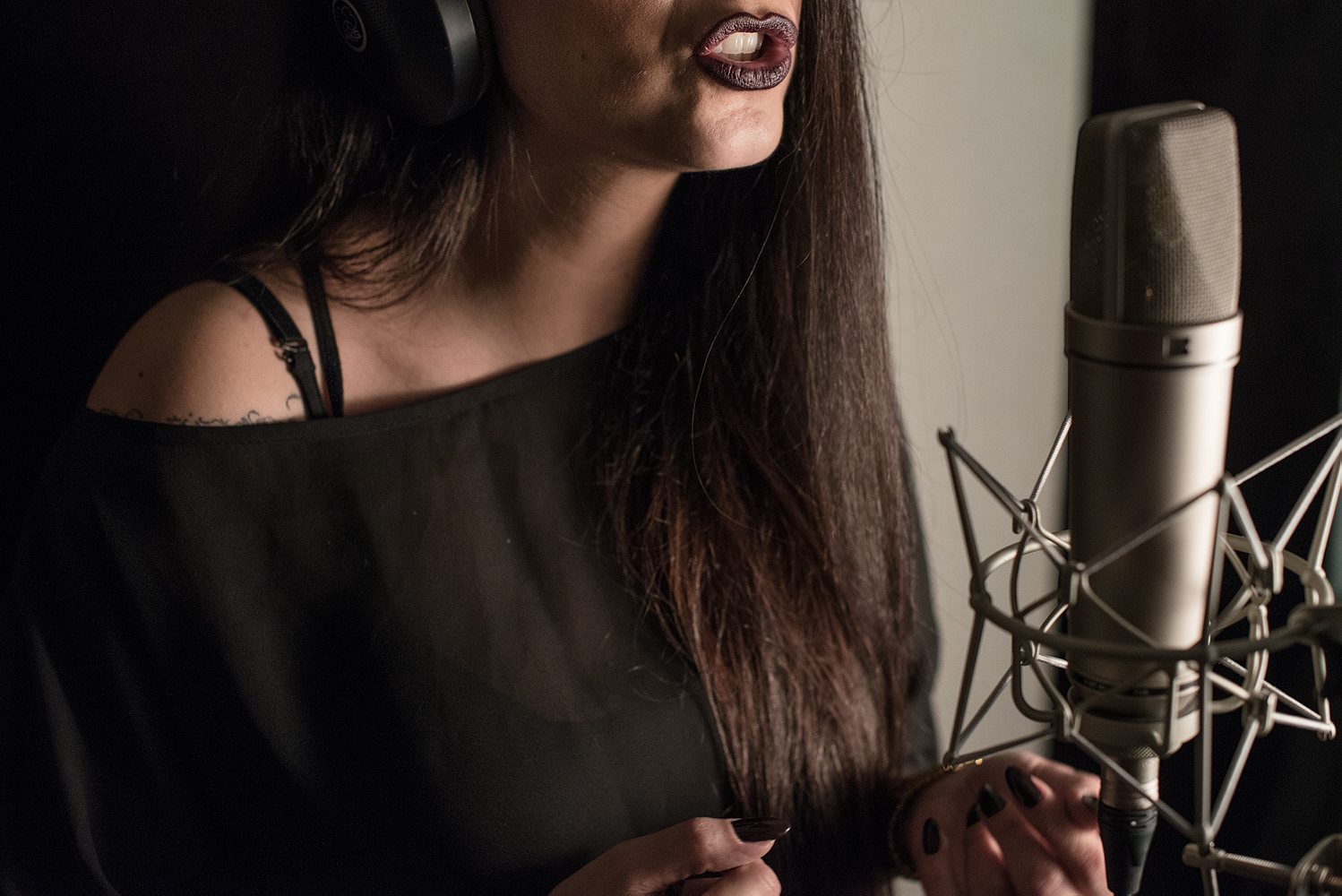
Today, people have another way of seeing things, which is very tightly linked to the Green Movement in 2009.

R&K: The artists you met dabble both in official art scenes and these DIY circles. Why do they do both?
Suyker: There’s this strong dynamic in Iran where you can easily jump from the official to the more underground. It’s above all a financial need. Something I’ve never really understood in Iran is how artists can survive. They work for free. If someone needs a singer or a guitarist for a specific show, they’ll always find a friend who will do it without asking for money. It’s a service society, they’re trading services. So how do they survive? Well, either they’re helped by their rich parents, or they knock on the door of the official art scene and integrate a theater company or a choir there. It might be less interesting but they’ll make money. Next to that, they’ll use the rest of their creativity for their personal projects. Iranians are known for often having two or three jobs at a time. A lot of them are engineers, for example. That’s the case for the director of the AV theater group. He really does have a double life: engineer during the day, and artist/comedian/artistic director at night. As for visual art, you have galleries that are completely official and then you’ll have those who work around it. There’s a photo I took of a large gallery where a DJ is playing music. It’s in an official gallery, which belongs to a very wealthy woman, but it’s taken during an unauthorized party.
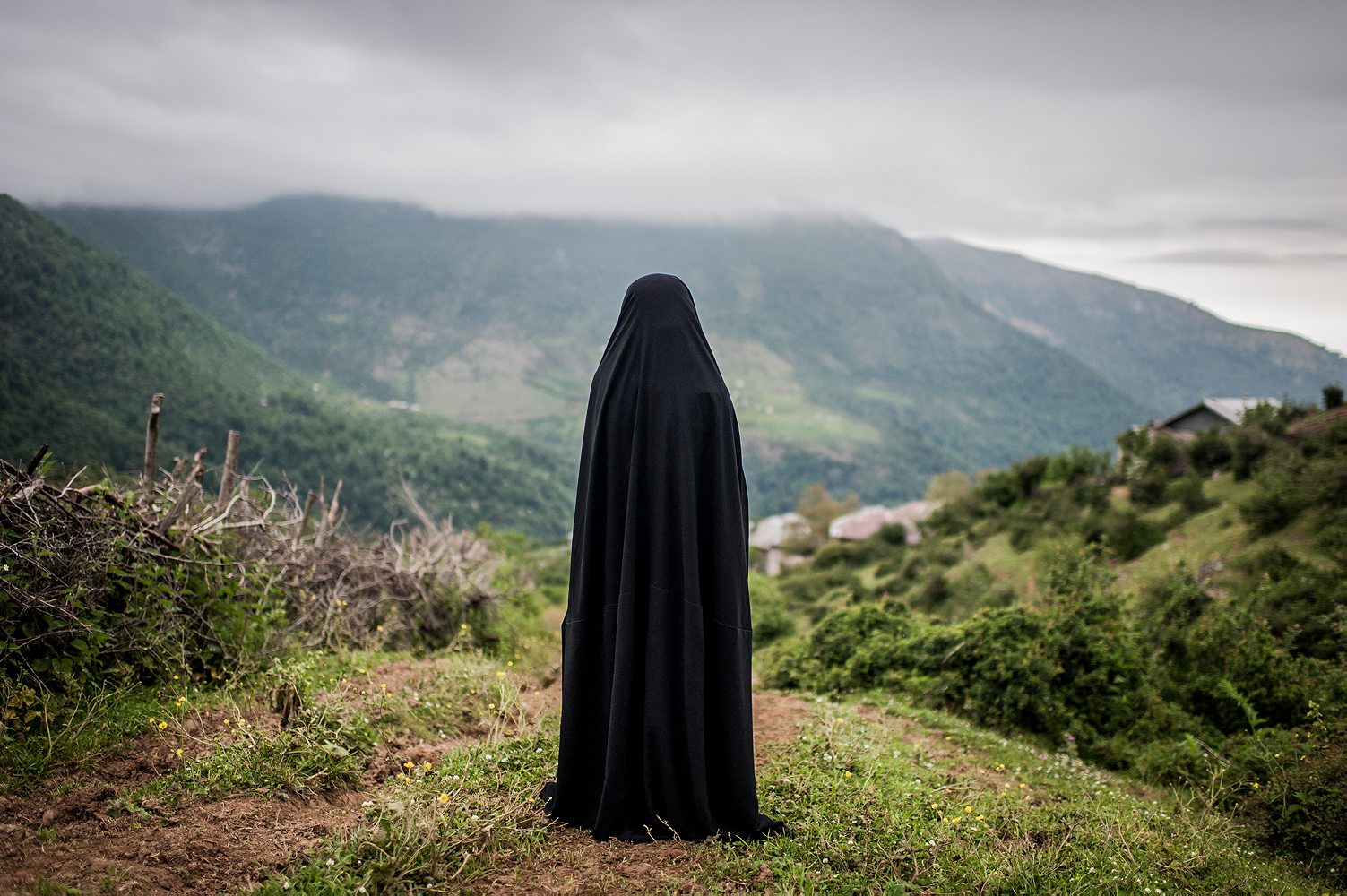
R&K: You mentioned that in terms of content, there are many things that can’t be criticized. Do artists also find ways around that?
Suyker: The artists I met rarely criticize directly. Actually, I was surprised to see that for the most part, the artists I met weren’t interested in talking about politics. They were pretty cynical, they said: OK, we live in a country where freedom of speech does not exist. We can be revolutionary artists that spend our day criticizing the government but it’s just going to make life impossible for us. And that’s not how we can change things. Today, people have another way of seeing things, which is very tightly linked to the Green Movement in 2009 when people really hoped things would change and went in the streets and it all ended very badly. They’re traumatized by this and they don’t want to start a revolution anymore. They’re not looking for brutal change. They’re interested in small ameliorations. That’s why Rohani is popular, because he’s like that too. He knows that changing the system is done little by little. So that’s how artists work, they take one step at a time within censorship, bringing in new elements every time.

R&K: You mentioned your work was misinterpreted by Western media outlets, who saw revolutionary artists relegated to performing in caves. Why do you think that, when it comes to Iran, the West is so clueless?
Suyker: I think we tend to reduce the country to its very small Islamic history. That country exists since 1979. It’s important to note that yes, the Iranian regime is very harsh, but Iran is more than these 36 years. It’s one of the world’s oldest continuous major civilization. Before 1979, there was a lot of cultural and diplomatic exchange between Iran and the rest of the world. Today, the West has this very black-and-white image of Iran, probably due to politics. Personally, I feel so humbled and lucky that these people took me in and opened their lives to me. Through them I encountered a world that was completely unknown to me and that was fascinating. If I can help them now by showing my country another Iran, then I’ll be happy.
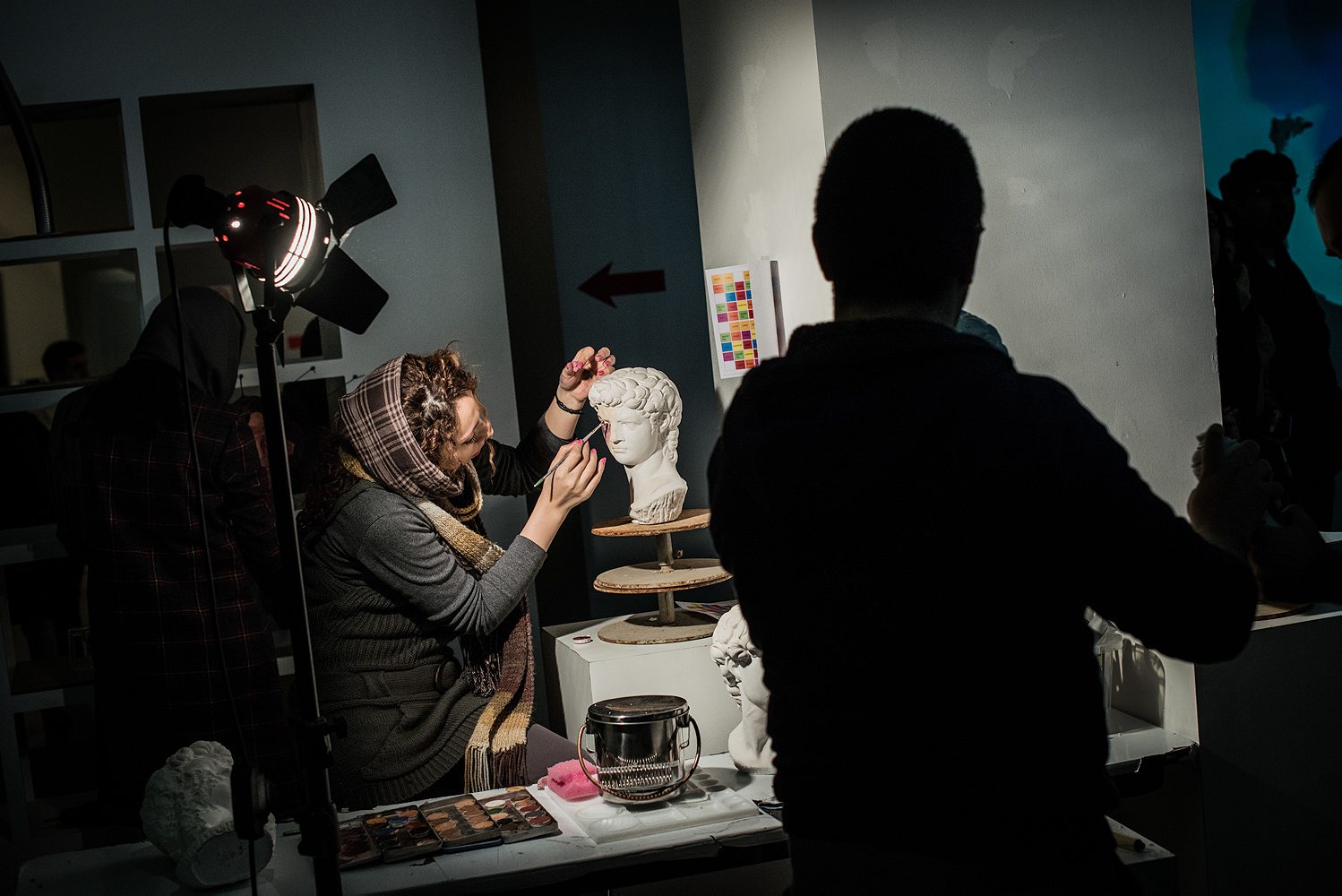
R&K: We briefly talked about the huge diaspora of Iranian artists, there must be an interesting exchange between those who’ve left and those who stayed?
Suyker: The great Iranian actors and singers have left. But although they’re not in Iran physically, they’re in the hearts of all Iranians, who are very romantic and nostalgic people. I lived at a friend’s house for two months and his mom would have tears in her eyes when she sang the songs of these great singers. Many of them are in L.A. and they continue to produce songs, which are all distributed in Iran. So they’re not in Iran, but the music they make is only listened to in Iran. If someone like Googoosh decided to come back, it would be a revolution. A million people would go and meet her at the airport. The artists I met don’t necessarily want to leave. Iranians are very attached to their country, and if they leave, they do so with a broken heart. If they can stay, they do, because they believe that’s how they can help their country. By bringing their own creation to it.
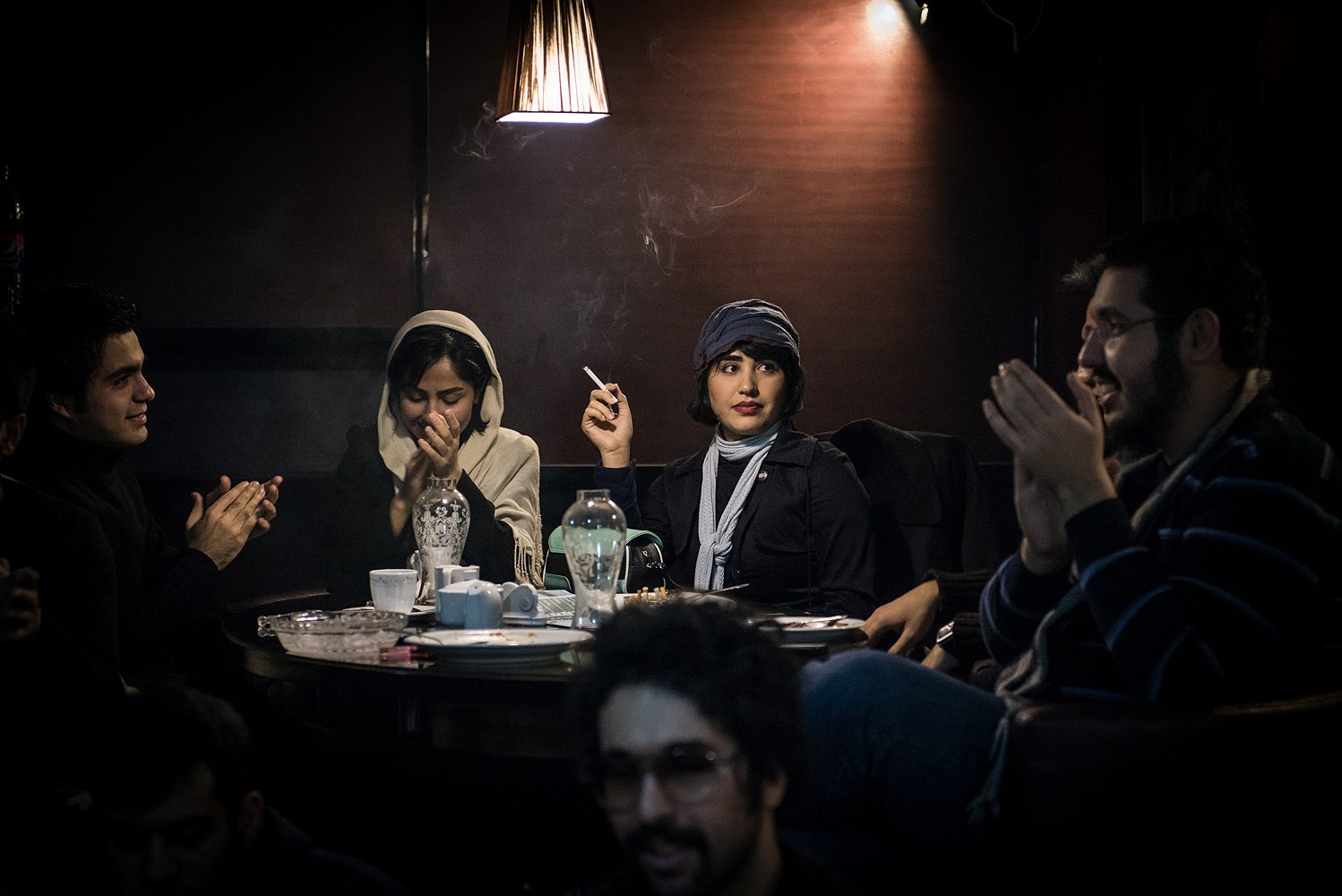
R&K: Can you talk about the role social media plays in all of this?
Suyker: It’s huge. The Iranians I met were always on Facebook, on Instagram, YouTube… These websites are censored but everyone uses VPNs. There’s a very strong notion of private and public as two very distinct worlds. Iranians find their freedom at home, once they close their front door. One thing that really struck me in Iran is that in most of the apartments and houses, curtains are closed. That’s another paradox for us Westerners, that Iranians will find their freedom inside, in closed spaces. And even further than that, in virtual spaces like Facebook. Going back to the art world, female singers will use YouTube to share their songs and will cultivate a community of fans on Facebook. But again, they’ll be careful. There is this one singer called Madmazel who is starting to get really big. She has a lot of fans, but she’ll always wear large sunglasses and will be careful not to reveal herself too much. I met her, I wanted to photograph her but she said no. As long as you’re discreet, the authorities don’t care, but when you start gaining in popularity, that all changes. When it comes to music, the reach is so much larger than in performance art because it’s not constrained to one space. And that’s when you see the power of the Internet. No regime really stands a chance against it.
You can see more of Jeremy Suyker’s work here.